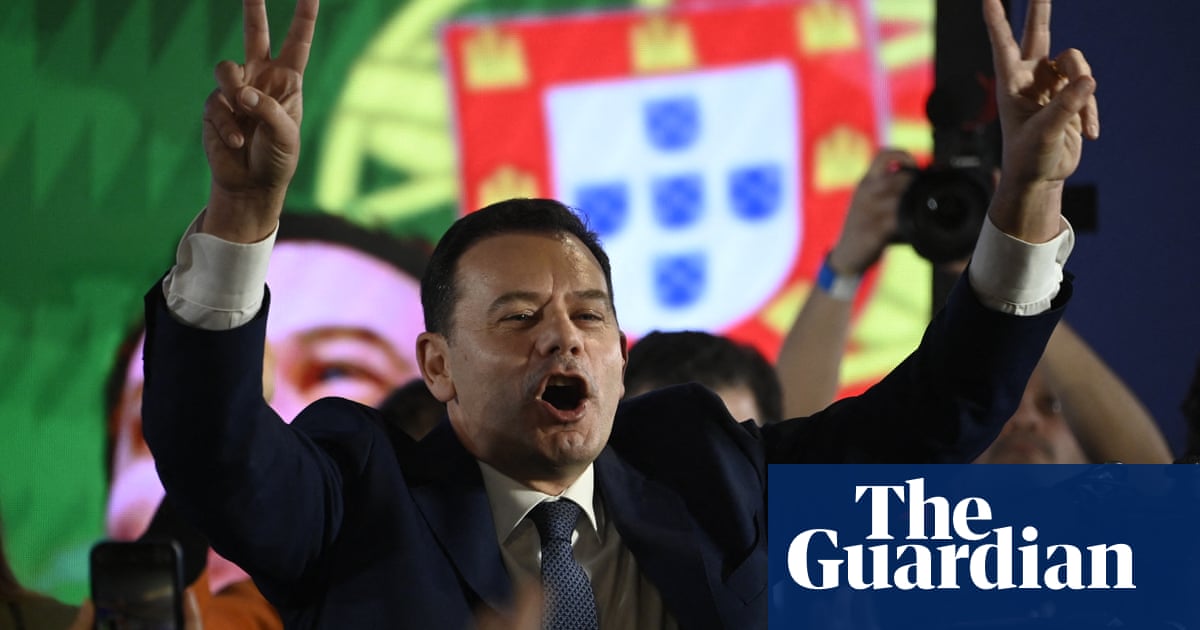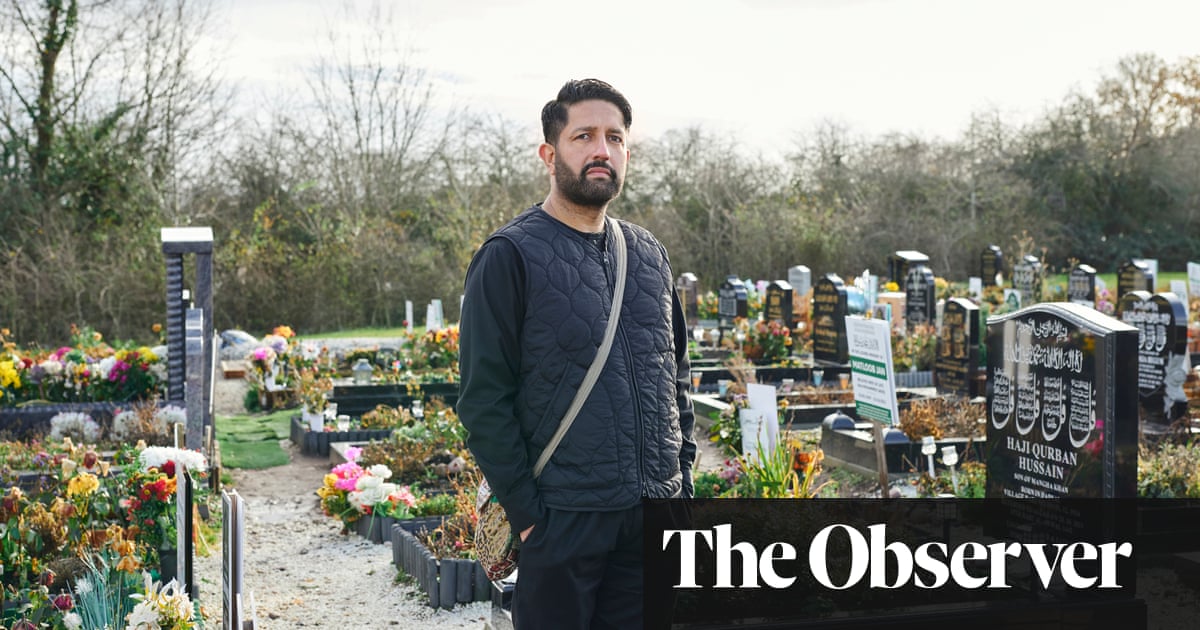
In the stylishly converted factory site in Porto that Eduardo Aires calls home, Portugal’s leading graphic designer is poring over the newspapers with growing exasperation.
Much to his professed bemusement, Aires finds himself at the centre of a vitriolic culture war over a new, seemingly inoffensive logo for the Portuguese government that he designed: a block of green, a yellow circle and a red block, arranged in a simple horizontal row.
The design, which draws inspiration from Portugal’s flag but makes no attempt to replace it, was commissioned by the socialist government that was voted out at national elections in March. Hailed upon its launch as “inclusive, plural and secular”, its main purpose was nonetheless practical rather than political. The old logo replicated many of the intricate graphics shown on the national flag, rendering it visually confusing when shrunk down for online formats.
Aires’s new logo began appearing across government websites, social media and other official documents last May, but as political parties readied themselves for elections in the winter, rightwing critics started to condemn it as “woke” and “unpatriotic”. “Our brief was to take a fresh look at the government’s logo and redesign it for a digital age, which is what we did”, says Aires. “Now, almost one year on, I’m facing death threats”.
Part of the public outcry – which reached its peak last week when the newly inaugurated prime minister, Luís Montenegro, ordered the new logo to be withdrawn – is motivated by aesthetic taste. Critics have dismissed the €74,000 redesign as simplistic and childlike in its use of a primary colour palette and a building-block selection of rectangle, circle and square.
“People are saying that a five-year-old child could mock it up on Microsoft Paint”, Aires says. “But these are people who are totally ignorant of design. All design is about synthesis ultimately,” he says.
In his defence, Aires’s trademark graphic simplicity mixed with emotionally resonant imagery is central to his 2014 redesign of Porto’s city brand, which has gone on to win numerous international awards.
More relevant than what the new logo looks like, however, is what it stands for. As politics across Europe grow more polarised, so too are national symbols becoming increasingly politicised.
Portugal is not alone in this regard. In Germany, Adidas recently received a public lambasting for its use of pink for the national football team’s new away strip, with conservative-minded critics decrying the gesture as woke and untraditional. Similarly, in the UK, the public backlash against Nike for its “playful” tweaking of the colour of the flag on England’s new World Cup football shirt was as immediate as it was hysterical.
“This spat [over the logo] is definitely not a question of design. It all has to do with the geopolitical time in which we are living and perceptions of power,” says Sérgio Magalhães, a Portuguese architect and designer.
These power perceptions play out with particular vehemence on the political right. For those of a conservative, nationalist ideology, the use of national symbols in any administrative setting is inextricably tied to “control”, he argues.
Critics of the new Portugal government’s logo have resorted to a “nationalist and populist rhetoric”, he adds, which portrays the government’s previous designs as the “correct ones” and symbolic of what “represents our past the most”.
That the centre-right Social Democratic Party has made banning a logo rather than a signature policy its inaugural announcement, may be explained by the rapid rise of Portugal’s far right.
The Chega party quadrupled its standing in March’s national election, winning 48 parliamentary seats and making it a powerful opposition for a government without a parliamentary majority. Its charismatic leader André Ventura, who claims to wear underpants imprinted with the Portuguese flag, was first to publicly attack the new logo as a “negation of our whole history”.
His politicisation of the image ensured it became a “projectile weapon” in the election campaign, maintains Aires, who has reported receiving death threats and a “huge volume of online hate” from far-right supporters. His attempts to clarify that the redesign would leave the national flag itself untouched have fallen on deaf ears.
Such is the political and emotional capital attached to national symbols that any move to toy with them has been deemed intrinsically provocative.
The overt symbolism of Portugal’s flag adds fuel to the fire. In contrast to the plain tricolour of many European countries, the country’s standard carries a heraldic insignia that depicts small blue shields, symbolising victory over Moorish forces, which have white bezants (literally coins, but generally interpreted as the wounds of Christ) – emblems of the country’s expansionist history and Catholic origins, respectively.
The background colours of green and red are also deeply symbolic, connected to the radical republican party that overthrew the monarchy in 1910 and almost immediately introduced their own flag, which remains Portugal’s national standard up to today.
Gabriele Maestri, an expert in comparative public law and political symbols, issues an additional warning to designers based on the different functions – and therefore design priorities – of national symbols versus government branding. While the former exist primarily to unite, he says, the main goal of the latter is to communicate: “And communication has different rules, one of which is simplify messages to carry them better.”
Brand designers therefore find themselves in a bind: on the one hand, flags help mass communication because of their recognition value; on the other hand, the need to communicate demands that designers reduce those same recognisable symbols to their most basic elements.
Back among his newspapers, Aires is resistant to the concluding logic of Maestri’s warning – namely, that designers may be safest to steer clear of national symbols altogether. “I think flags can be revisited, why not?” he reflects. “If a country like Holland can change its name to The Netherlands, why can’t a nation like ours rethink its flag?”











